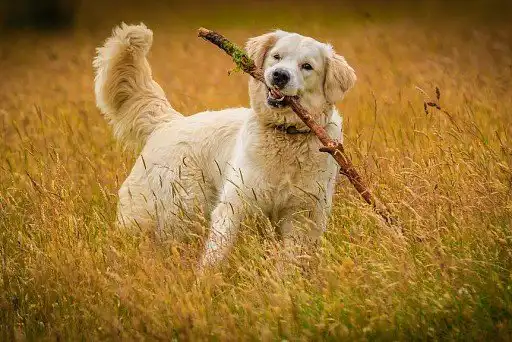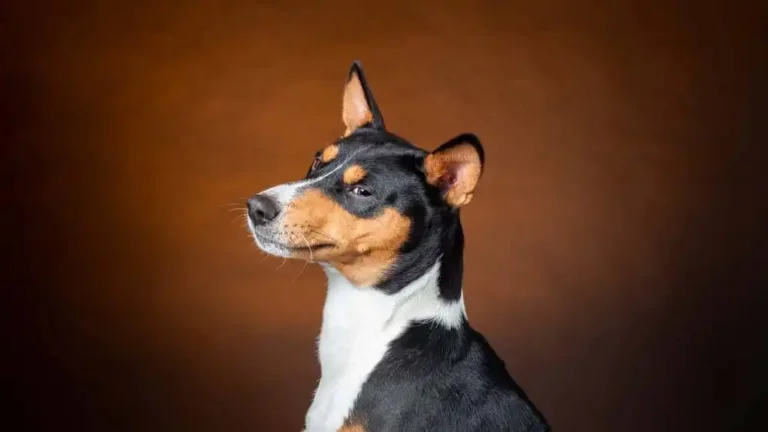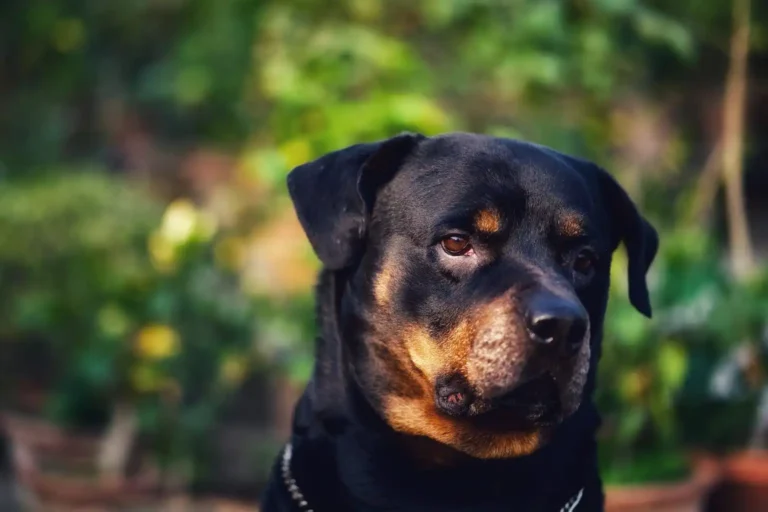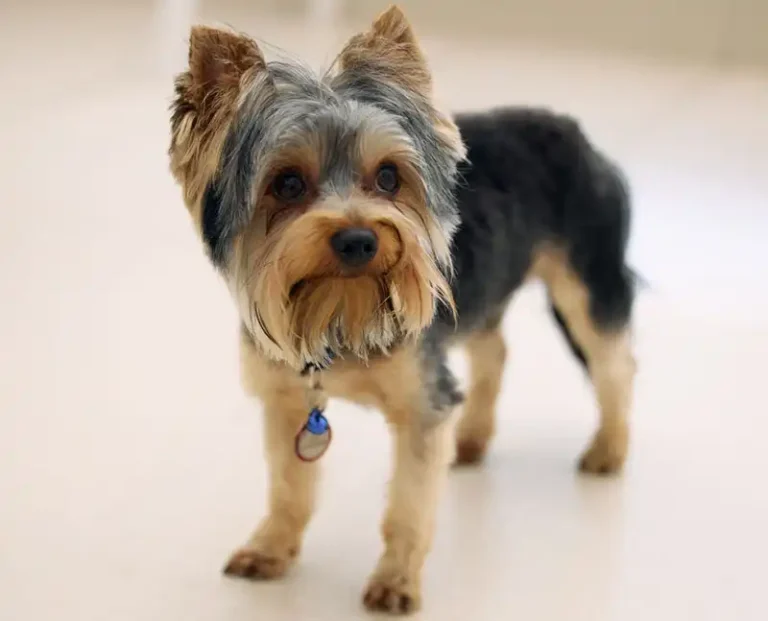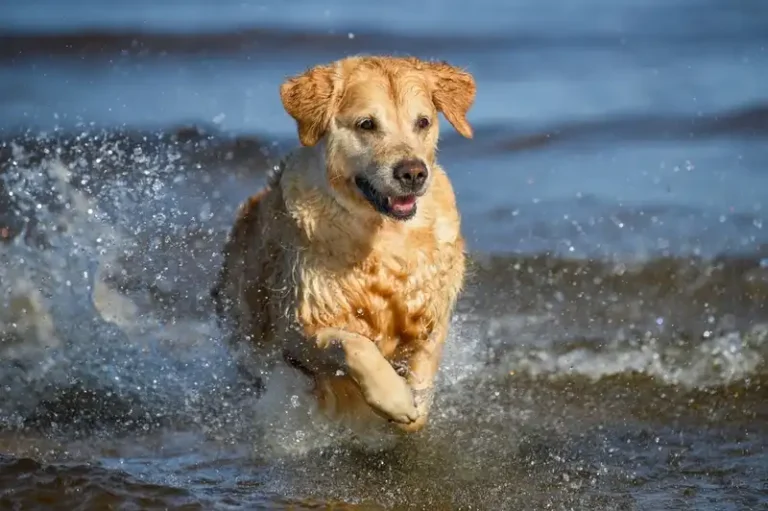Bully Kutta (Pakistan Mastiff) Breeds
Story
Bully Kutta is an Indian dog breed, one of the 4 strongest dogs on the planet, which is also common in Pakistan. These are, one might say, legendary animals that existed hundreds of years ago; moreover, it is believed that they are the closest to the common (with many other breeds) ancestor – the ancient Molossian dog.
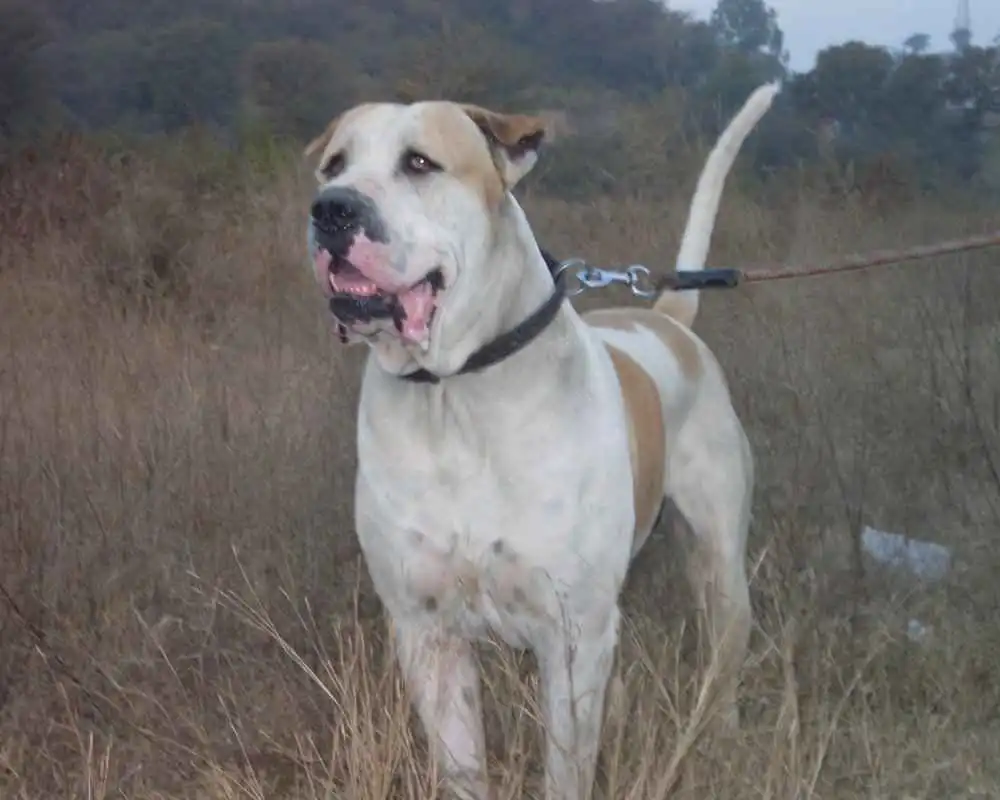
Due to many similarities, many believe that the Bully was crossed with the Sindh and the Alaunt Molosser breed. The name of the breed itself comes from the word “Bohli”, which in translation from Punjabi (one of the Hindi dialects, also comes from Sanskrit) means “very wrinkled”. Of course, this is due to the specificity of the skin around the neck, since in this place it gathers into folds. Most likely, such a distinctive feature appeared in the process of evolution as a protective measure against bites from opponents. The word “Kutta”, in turn, means “dog”.
In addition, there are other names for this breed, and there are quite a lot of them:
- Indian Alangu Mastiff;
- hooligan Kutta;
- Alangu Mastiff;
- Indian Mastiff;
- Indian Alangu Mastiff;
- sind or sindhi mastiff;
- Pakistani hooligan;
- South Asian Mastiff;
- Talla Bulli;
- desi bully;
- bongay bully;
- Pakistani Mastiff.
Traditionally, these animals performed several functions at once, being quite versatile dogs with great strength and power. Their innate qualities have been developed by people over the centuries, which made dogs ideally suited for guarding, protection and hunting.
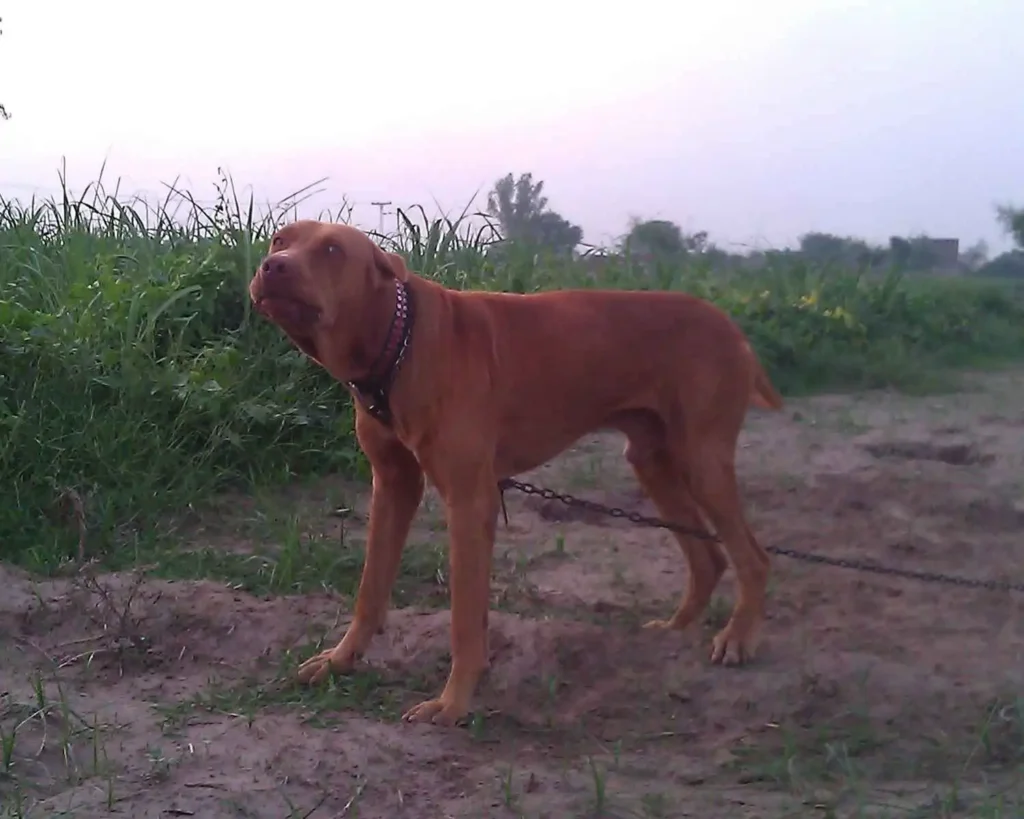
Hunters used Bully Kutta when they went after large game, such as bear, tiger, water buffalo, cheetah and even lion. Moreover, they were confident that the dog would not be scared and would not retreat in front of an opponent who significantly exceeded it in size and strength. In addition, since ancient times, this breed has been used as a fighting dog, in dog fights. Even in modern India and Pakistan, such fights are not uncommon, although now they are held secretly, underground. In 2018, the Indian police arrested one of the organizers of such fights, which, in fact, is an isolated case, although fights are held everywhere.
The Bully Club of India does not recognize all dogs of this breed, as many Indian and Pakistani breeders cross their dogs with other breeds in order to better adapt them for underground dog fighting. The official criteria and standards are quite strict.
Description
The Bully Kutta is a large dog with a powerful, athletic build and well-developed muscles. The neck is powerful, with folds of skin, the head is streamlined, the ears are small, usually cropped. The chest is wide, the limbs are long and muscular. The coat is short. The color can be white, brindle, brown and black.
Personality
The Bully Kutta dog is a strong animal in every sense. In terms of character, including. Let’s say right away, if you have a soft, timid character, or you have a subconscious fear of a large dog and cannot dominate it, do not get this breed under any circumstances. It is simply dangerous, not only for you, but also for other dogs that your pet can get into fights with on the street, as well as for other people. After all, if it does not recognize your authority, does not see you as a leader and a higher mind that must be unconditionally obeyed, you simply will not be able to hold this animal. Especially considering the enormous size and weight of the dog – an adult can weigh up to 90 kg.
They have a rather stubborn and wayward character, they need a firm hand and skillful leadership, which imposes a certain responsibility on the owner. However, if you managed to achieve the set goal, the dog will be infinitely devoted to you, will not hesitate to give its life for you, and will be the most faithful and loving friend in the world.
The Bully Kutta dog is very smart, it perfectly understands a person, his words and emotional state, and, as a hereditary hunter, it perfectly senses fear. This is in relation to the words about the fear of large dogs – the Bully strives to dominate, and if it is feared, it understands this and uses it.
In addition, the breed has a fairly high level of aggression, which is why in crowded places or in the presence of other dogs with whom a conflict may arise, a muzzle is required. You must always be on the alert if you are outside. Given the size of the dog, the ideal place to keep it is a private house with its own yard, where the animal can spend most of its time outside and guard the territory. Bully Kutta has been doing this perfectly for hundreds of years of its history, guaranteeing its family safety and property, and intruders – severe injuries and mutilations. This is in the best case. Since in such a situation, the bully first attacks, without further ado, and everything else (including the police and ambulance) – later.
It can perceive strangers neutrally, so to speak – intelligently, and without unfounded aggression, but with proper upbringing. Socialization, obedience training, behavior control – these are extremely necessary things.
The breed has a high energy level and a large muscle mass that needs to be maintained. You should devote at least an hour a day to physical activity for your dog if you do not have the opportunity to live in a private house. But even if you have such an opportunity, in any case you should try to spend more time with your pet, and in the process of active games and training, be sure to use elements of training. Bully perceives children normally, but just in case, it is better not to leave such a large dog alone with a small child.
Try to have a variety of toys, as the Bully Kutta loves to chew. By the way, with a lack of activity and walks, the dog will gain weight, and its character will become destructive – imagine what it will turn your apartment into, especially considering its tendency to chew and gnaw things.
Education
The strong-willed character of a real fighter is the bully kutta. The breed is not suitable for insecure people, and requires persistent education. Despite the fighting spirit, bullies are very smart and with skillful management they can become an ideal companion, friend and protector. They can be taught a lot of different commands, but the main thing is still the basic commands and their unquestioning execution. Which, in fact, is not so easy to achieve. The position of the owner and the position of the dog in the family play a huge role, that is, you need to literally from the first days introduce certain rules in the house that must be strictly followed. By all family members, without exception.
Firstly, the puppy should sleep separately, in no case should you sleep with him in the same bed, otherwise the dog may have a false impression of equality with its owners, which should be avoided at all costs. You cannot feed the dog from the table, this is prohibited. Moreover, it is highly desirable to teach the pet to eat after the owners have eaten, if you live in an apartment and the dog’s feeding schedule is consistent with your lunch or dinner.
If you want to give a treat, command to sit or lie down, and only after the command is fulfilled, treat the dog with a treat. If the dog has misbehaved or behaved badly during training, do not feed it dinner upon arrival home – animals sense time, and if you delay the moment of eating for an hour, this will only ingrain your position as a leader. But this can only be done as a warning, as an element of education.
During training, try to avoid beatings and rudeness, be patient, be consistent, positive, strict – but a wise owner who loves his pet first and foremost. Pockets full of treats will also help.
Care
The breed has short hair that should be brushed once a week. They shed moderately. The claws are trimmed three times a month, the eyes are cleaned daily, the ears – three times a week. The dog should be bathed at least once a week.
- Common diseases
Bully Kutta dogs are susceptible to a variety of health conditions, including: - hip dysplasia;
- itchy skin caused by allergies
- scabies;
- pyoderma and other bacterial skin infections;
- loss of skin pigmentation known as vitiligo;
- blindness;
- progressive retinal atrophy;
- heart murmurs;
- valve problems;
- enlarged heart.


